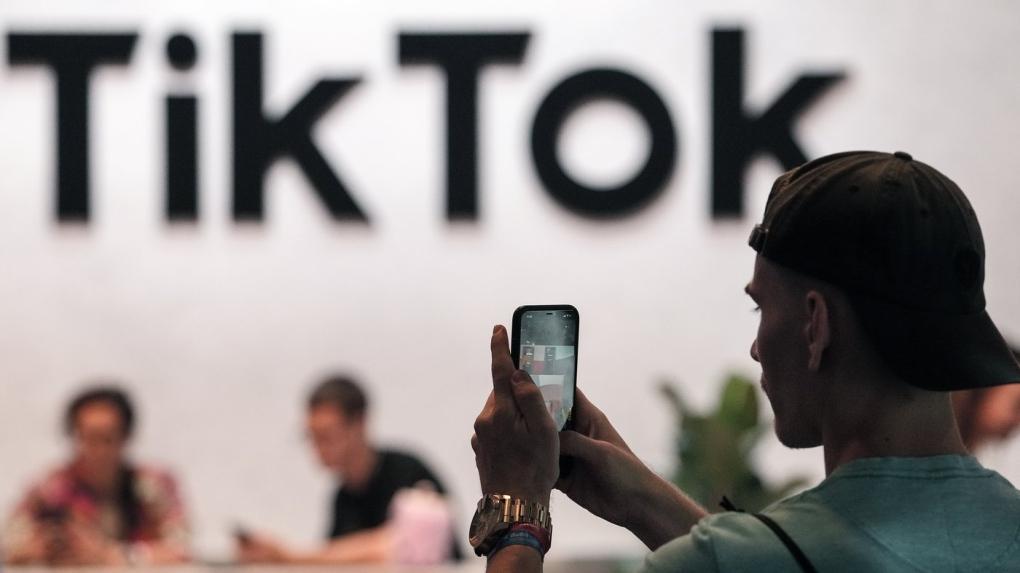Import prices rose by 1.4 percent in February, resulting in a total increase of 10.9 percent year-over-year, the Labor Department said in a March 16 report.
The rise fell slightly short of economists’ projections—1.6 percent by economists surveyed by The Wall Street Journal—following a 1.9 percent increase in the previous month. The cumulative total of the two months constitutes the largest back-to-back two-month rise in import prices in 11 years, making a substantial contribution to the rising costs of imported goods and exacerbating the now-ubiquitous problem of overall price inflation.





